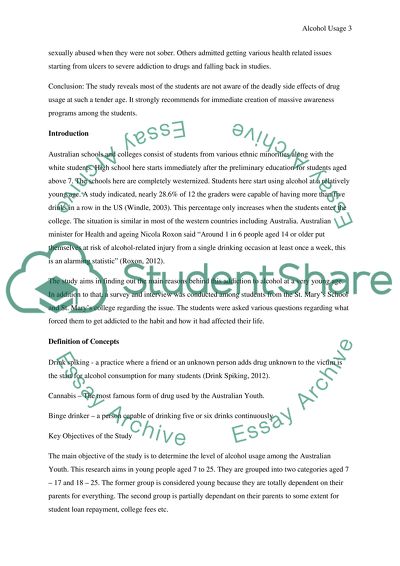Cite this document
(“Alcohol use among Youth in Australia Research Paper”, n.d.)
Retrieved from https://studentshare.org/health-sciences-medicine/1403114-alcohol-use-among-young-people
Retrieved from https://studentshare.org/health-sciences-medicine/1403114-alcohol-use-among-young-people
(Alcohol Use Among Youth in Australia Research Paper)
https://studentshare.org/health-sciences-medicine/1403114-alcohol-use-among-young-people.
https://studentshare.org/health-sciences-medicine/1403114-alcohol-use-among-young-people.
“Alcohol Use Among Youth in Australia Research Paper”, n.d. https://studentshare.org/health-sciences-medicine/1403114-alcohol-use-among-young-people.


